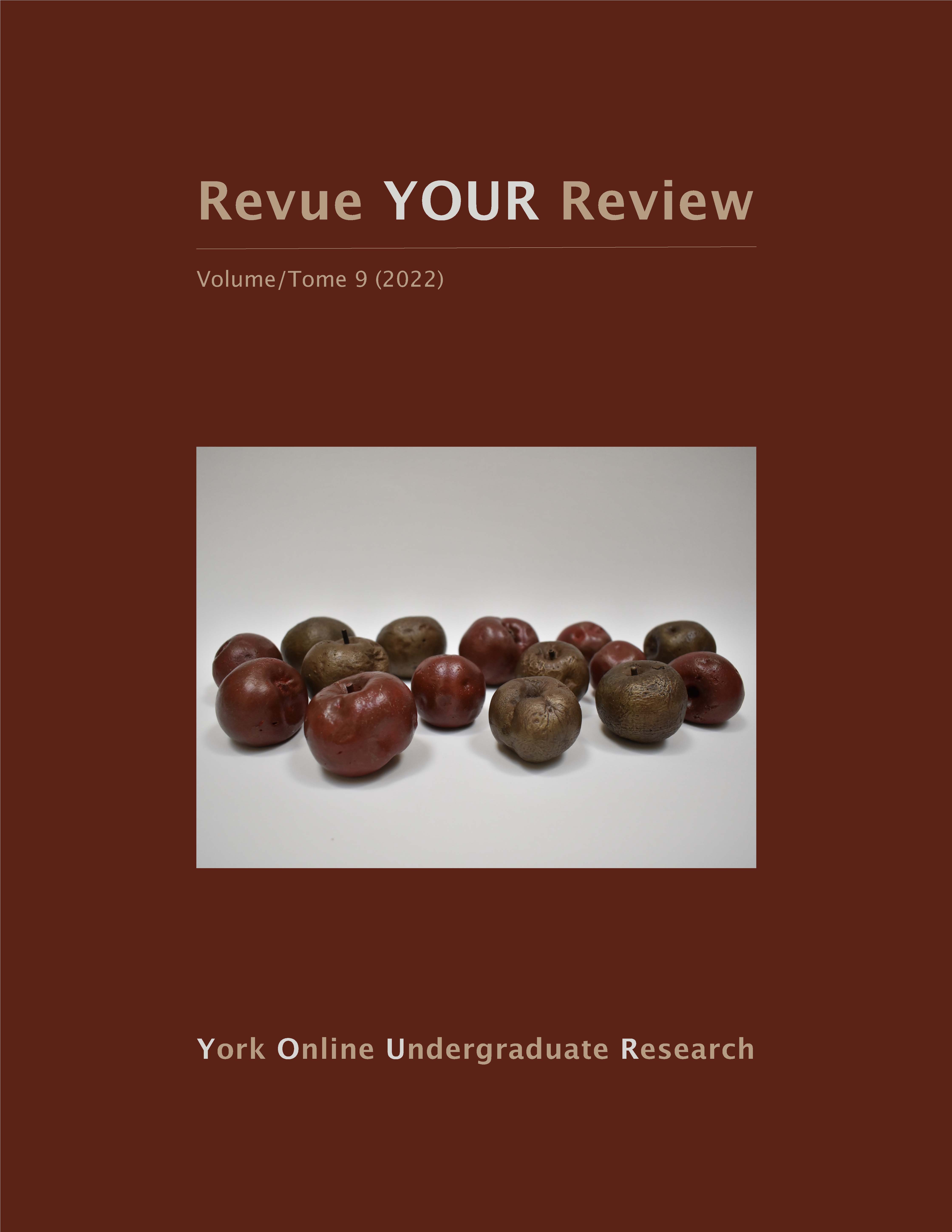Eye Movement Desensitization and Reprocessing Versus Cognitive Behavioural Therapy: Which One Is a Better Treatment Option for Post-Traumatic Stress Disorder?
Abstract
In the psychotherapy world, there is a debate over which therapy is the better treatment for post-traumatic stress disorder (PTSD). The aim of this evidenced-based project is to use research studies to identify which therapy is better to treat those suffering from PTSD. Cognitive Behavioural Therapy (CBT) and Eye Movement Desensitization and Reprocessing (EMDR) have both been considered as safe and effective treatments. Research evidence suggests that while CBT is somewhat more effective, it is a longer treatment and has significantly higher drop-out rates. Also, there are no CBT research studies with a control group in follow-up studies to determine the long-term effects of CBT. In contrast, EMDR is a preferred approach based on the higher efficacy, long-term therapeutic gains, short and fast treatment times and low drop-out rates. These factors provide an additional financial benefit to client populations that are only able to afford short-term therapy. More research with larger sample sizes is needed to better understand the treatment outcomes of both therapies. Future research should also focus on verifying if these treatments are effective across different cultures. Future directions also suggest that more practitioners need to be trained in order to make EMDR available to a variety of client populations.
Downloads
Published
How to Cite
Issue
Section
License

This work is licensed under a Creative Commons Attribution-NoDerivatives 4.0 International License.
Authors contributing to Revue YOUR Review agree to release their articles under one of three Creative Commons licenses: Creative Commons Attribution 4.0 International; Creative Commons Attribution-NonCommercial 4.0 International; or Creative Commons Attribution-NoDerivatives 4.0 International. All editorial content, posters, and abstracts on this site are licensed under Creative Commons Attribution-NoDerivatives 4.0 International. For further information about each license, see:
https://creativecommons.org/licenses/
In all cases, authors retain copyright of their work and grant the e-journal right of first publication. Authors are able to enter into other contractual arrangements for the non-exclusive distribution of the e-journal's published version of the article (e.g., post it to an institutional repository or publish it in a book or in another journal), with an acknowledgement of its initial publication in this e-journal.


